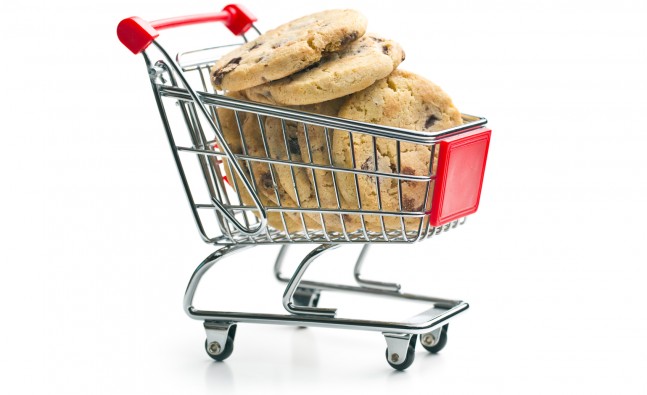Study IDs the Biggest Predictor of Obesity
As the obesity crisis has ballooned, researchers have grappled for an explanation: Is watching TV to blame? Or maybe income level? The availability of fast-food joints or vending machines? A lack of supermarkets? Finally, a new review of studies sheds some light on the issue: The ever-increasing availability of cheap, calorie-dense food may be the primary fuel behind the obesity epidemic, say University of Illinois and RAND researchers.
Scientists have traditionally lumped explanations for obesity into three categories: economics/policy (e.g., taxes, serving size regulations, nutrition labeling), social environment (e.g., family, food marketing, social norms), and physical environment (e.g., sidewalks, food outlets, exercise facilities). And with these theories come the inevitable commentary on economic disparities—that people of certain races, income levels, or education levels may be predisposed to weight gain.
"This belief, however, is incorrect," the study authors say. Research shows that every group of people is packing on the pounds at a similar rate, suggesting that we're all exposed to the primary triggers of obesity.
It's not a decline in physical activity that's to blame—there's actually been an increase in exercise participation, according to Centers for Disease Control data. And it's not because access to healthy food is declining—from 1970 to 2010, there was a 27 percent increase in fresh fruit and a 21 percent increase in fresh vegetables per capita.
This leaves one important factor to consider: the ever-increasing availability of cheap, high-cal foods. Americans now have the cheapest food in history, when measured as a portion of disposable income, the researchers say. As the cost of food has declined—especially that of prepared foods, which tend to be loaded with carbs and fat—the availability of food has increased; as a result, we can buy more calories for our money. (In fact, since 1970, Americans' average per capita intake of calories has shot up by 20 percent.)
Convenience is also a factor: The "cost" of food doesn't just refer to money—it also reflects the time and effort put into it, the scientists say. We now have constant access to grab-and-go foods, and as a result, the overall cost of eating has declined and obesity rates have risen.
The takeaway: It may be more critical to focus on decreasing your intake of low-quality calories—like those in sugary drinks and salty snacks—than on increasing your intake of produce. As the researchers say, "Although increasing fruit and vegetable consumption may be a laudable goal for other health reasons, it is unlikely to be an effective tool for obesity prevention."
MORE: 19 Ways to Measure Perfect and Healthy Portion Sizes
-
Weight Watchers vs Jenny Craig: Which Commercial Diet Program Is Best?
In our never-ending quest to drop those last five pounds, Americans re
-
Pasta Doesnt Make You Gain Weight, Says Best Study Ever
Carb lovers, rejoice! Now there’s evidence that you can have you
-
Keep the focus on healthy foods
-
Fruits that may help burn fat
-
Tight, Toned Tummy Tips: FIGHT!
-
The Ice Diet Is a Thing—But Does It Actually Work?
The weirdest diet since the ice cream cleanse has just arrived: A
- DON'T MISS
- Take a step towards weight loss
- Diet tip: Edit what you eat
- Put your weight first
- 7 Ways to Snack for Weight Loss
- Gastric bypass surgery not for drinkers
- Most common error in weight loss diets
- The Ice Diet Is a Thing—But Does It Actually Work?
- 5 Best things to do if youre hungry but on a diet
- Weight-Loss Success Story: Kathleen Ross Lost 229 pounds
- Take a time out to prevent weight gain




